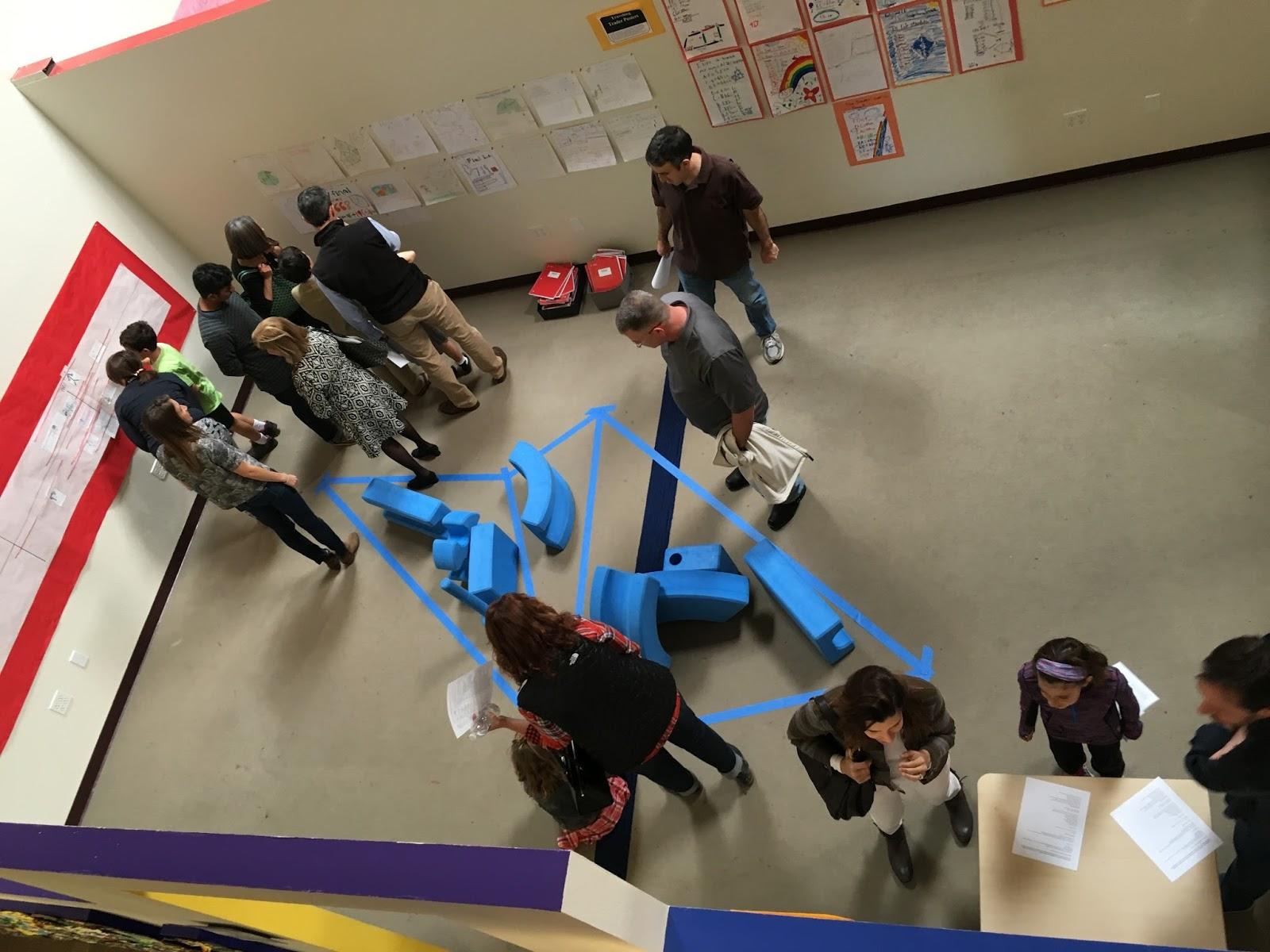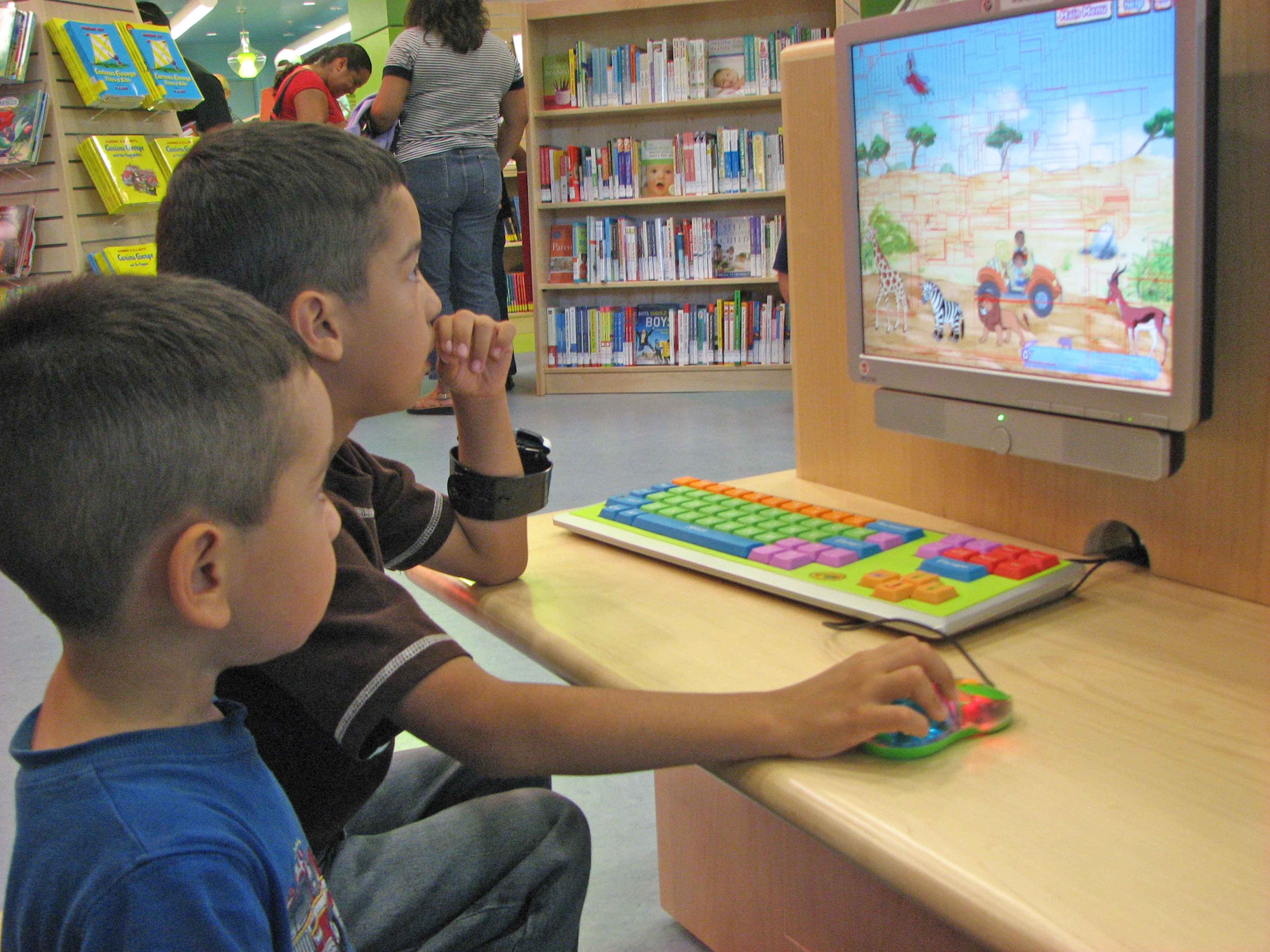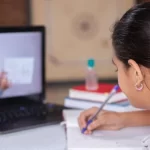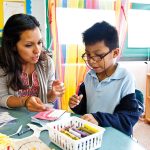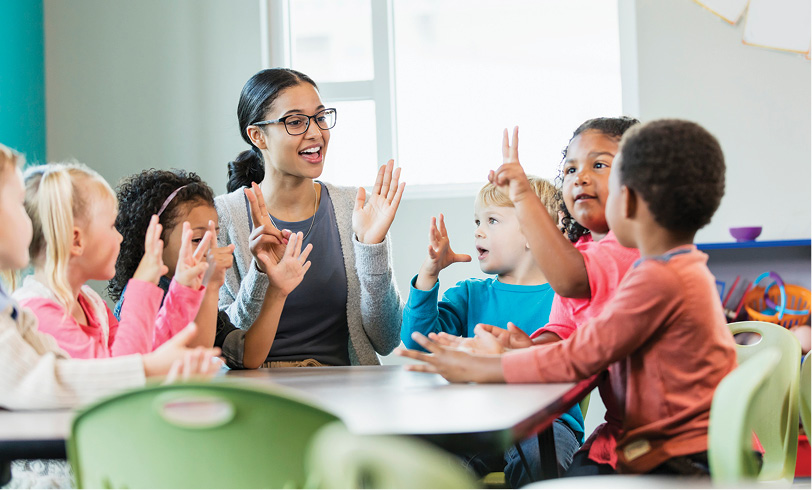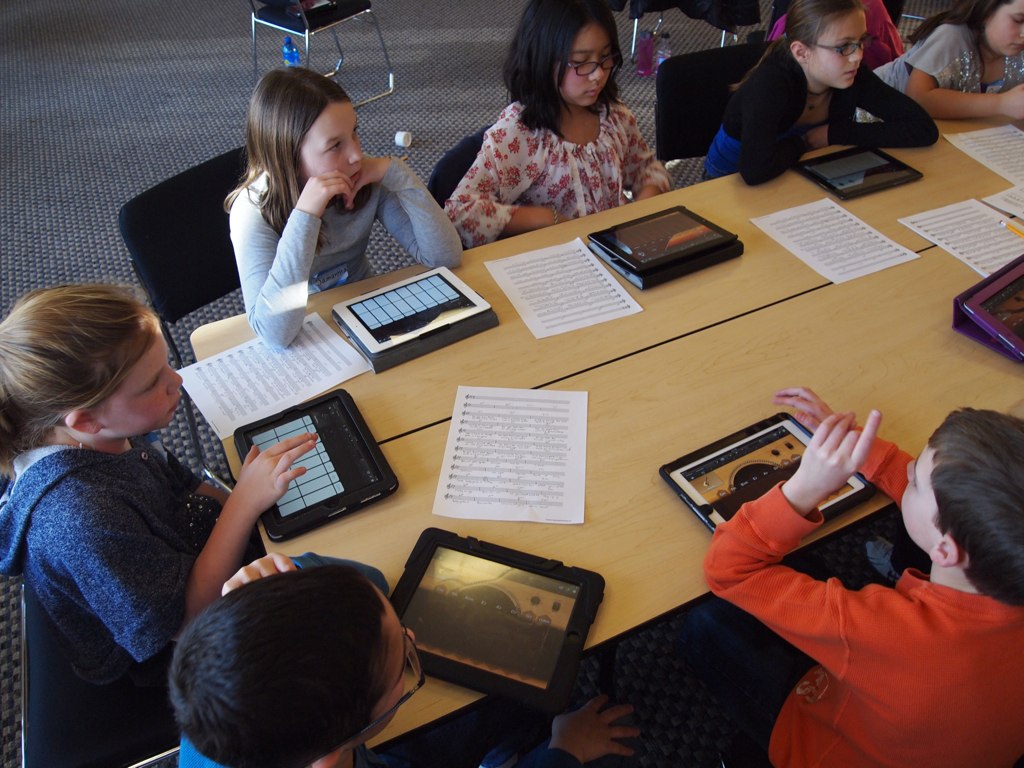Harmony in Education: Building Strong Connections through Effective Communication with Schools and Teachers
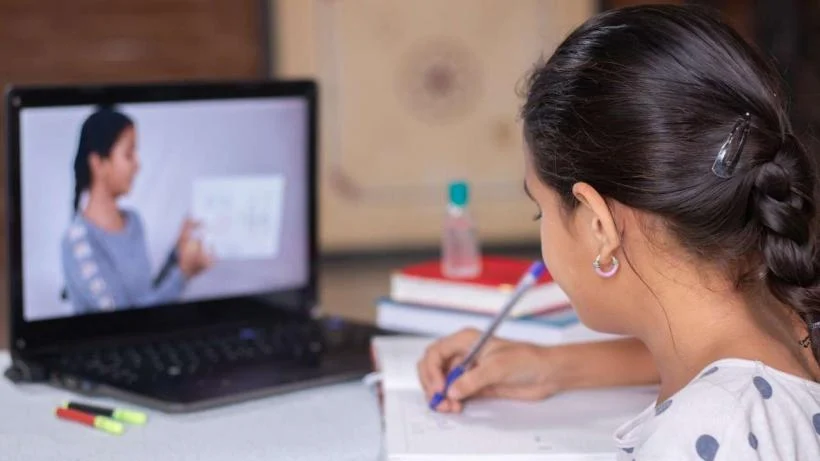
Effective communication between parents, students, and educators is the cornerstone of a successful educational experience. In a world where collaboration is key, fostering an open and constructive dialogue with schools and teachers ensures that everyone involved is working towards the common goal of a student’s academic success and overall well-being. In this blog post, we’ll explore the importance of effective communication and provide practical tips for building strong partnerships with schools and teachers.
The Importance of Effective Communication:
1. Student Success and Well-being:
- Effective communication creates a collaborative support system that enhances a student’s academic performance and emotional well-being.
- A shared understanding between parents and educators contributes to a more holistic approach to student development.
2. Building a Supportive Learning Environment:
- Open communication fosters a positive and supportive learning environment.
- Teachers, parents, and students working together create a united front that encourages a sense of belonging and motivation.
3. Early Identification and Intervention:
- Regular communication allows for early identification of academic or behavioral concerns.
- Timely intervention strategies can be implemented to address challenges and support student success.
Tips for Effective Communication:
1. Establishing Regular Channels of Communication:
- Parent-Teacher Conferences: Attend scheduled conferences to discuss your child’s progress and address any concerns.
- Communication Platforms: Utilize school communication platforms, such as emails, newsletters, and online portals, to stay informed about important updates.
2. Active Listening:
- Listen attentively during parent-teacher meetings to understand the educator’s perspective.
- Encourage open dialogue where both parties feel heard and understood.
3. Setting Clear Expectations:
- Clearly communicate expectations regarding academic goals, homework, and behavioral expectations.
- Collaboratively set realistic and achievable goals for the student.
4. Utilizing Technology:
- Explore digital tools and apps that facilitate communication, such as messaging platforms or shared calendars.
- Stay connected with teachers through emails or educational apps that provide real-time updates on assignments and progress.
5. Timely Responses:
- Respond promptly to communication from teachers and the school.
- Timely responses demonstrate commitment to the partnership and allow for swift resolution of any issues.
6. Collaborative Problem-Solving:
- Approach challenges as opportunities for collaboration and problem-solving.
- Work together with teachers to address any obstacles that may hinder a student’s progress.
7. Attending School Events:
- Participate in school events and activities to foster a sense of community.
- Attend parent-teacher association (PTA) meetings to stay informed and engage with the school community.
8. Expressing Appreciation:
- Take the time to express appreciation for the efforts of teachers and school staff.
- Recognizing their hard work and dedication contributes to a positive and supportive school culture.
Real Stories of Successful Communication:
1. Building Trust Through Open Communication:
- A parent-teacher collaboration story highlighting how open communication led to improved academic performance and a positive attitude towards learning.
2. Navigating Challenges Together: A Team Approach:
- An account of how a collaborative approach between parents and teachers addressed a student’s academic challenges and fostered a resilient mindset.
The Future of Communication in Education:
1. Incorporating Virtual Platforms:
- Exploring the integration of virtual communication platforms for remote or hybrid learning environments.
- The role of technology in enhancing communication and bridging gaps between home and school.
2. Professional Development for Effective Communication:
- Investing in professional development opportunities for educators to enhance their communication skills.
- Workshops and training sessions focused on building strong partnerships with parents.
Conclusion:
Effective communication with schools and teachers is not just a means of exchanging information; it is the bridge that connects home and school, fostering a collaborative environment that nurtures student success. By actively engaging in open dialogue, setting clear expectations, and embracing a solutions-oriented mindset, parents, students, and educators can work together to create a positive and supportive educational journey. Let us continue to strengthen these vital connections, ensuring that the foundations of effective communication lay the groundwork for a thriving and successful learning experience.

